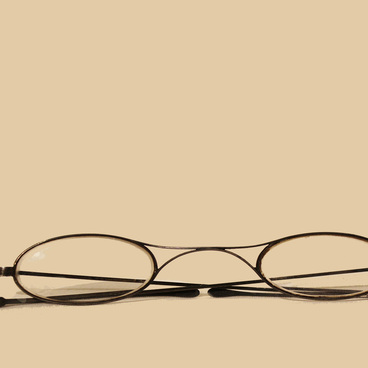People have been fond of solving puzzles since ancient times, ingenious logical problems can be found on the walls of Egyptian pyramids, in ancient Greek manuscripts and other historical monuments. China and Mesopotamia could also contest the claim to be called pioneers in creating puzzles.
Puzzles saw their heyday in the 8th-9th centuries. The first ever collection of puzzles entitled ‘Tasks for the Development of a Young Mind’ came out in Europe at the time. Historians believe that it was authored by Irish educator Alcuin. At the turn of the 19th and 20th centuries, there was a new surge of fascination with logical problems and, in particular, push puzzles invented at the time. Another peak was the invention of the Rubik’s Cube in 1974. Puzzles known today can be divided into several types: oral, printed, mechanical type and those involving various items.
The puzzle presented in the museum’s collection is probably a ‘Chinese wood knot’, or a ‘burr’ brought by Chernyshevsky from his Siberian exile. In 1920, his son Mikhail Nikolaevich donated the puzzle to the museum; there are only four sticks of various shapes remaining from it, they are presented in the display case dedicated to his Vilyuisk period.
Chernyshevsky was transferred to Vilyuisk in 1871, after seven years of penal servitude. In letters to his relatives Nikolai Gavrilovich described the place of his exile as ‘a tiny town’, ‘something like a small oasis amidst a desert’, adding that ‘the air here is very healthy’ and ‘the river is abundant in fish; and excellent fish at that.’
When his wife Olga Sokratovna mentioned that she was trying to come to Vilyuisk, Chernyshevsky lowered the tone considerably telling her that ‘Vilyuisk is just called a town, but in reality it is not even a settlement, not even a village in the Russian sense of the word, it is something so deserted and small, that there is nothing like it anywhere in Russia’.
Chernyshevsky spent nearly 12 years in Vilyuisk prison built specially for important political and state offenders. He continued writing novels, novellas, short stories and treatises there, many of which he later burnt down or tore into small pieces letting them to be carried away by the river. Of all the manuscripts written during his Vilyuisk period there remained only a few fragments of his novel ‘The Reflections of Radiance’.
Puzzles saw their heyday in the 8th-9th centuries. The first ever collection of puzzles entitled ‘Tasks for the Development of a Young Mind’ came out in Europe at the time. Historians believe that it was authored by Irish educator Alcuin. At the turn of the 19th and 20th centuries, there was a new surge of fascination with logical problems and, in particular, push puzzles invented at the time. Another peak was the invention of the Rubik’s Cube in 1974. Puzzles known today can be divided into several types: oral, printed, mechanical type and those involving various items.
The puzzle presented in the museum’s collection is probably a ‘Chinese wood knot’, or a ‘burr’ brought by Chernyshevsky from his Siberian exile. In 1920, his son Mikhail Nikolaevich donated the puzzle to the museum; there are only four sticks of various shapes remaining from it, they are presented in the display case dedicated to his Vilyuisk period.
Chernyshevsky was transferred to Vilyuisk in 1871, after seven years of penal servitude. In letters to his relatives Nikolai Gavrilovich described the place of his exile as ‘a tiny town’, ‘something like a small oasis amidst a desert’, adding that ‘the air here is very healthy’ and ‘the river is abundant in fish; and excellent fish at that.’
When his wife Olga Sokratovna mentioned that she was trying to come to Vilyuisk, Chernyshevsky lowered the tone considerably telling her that ‘Vilyuisk is just called a town, but in reality it is not even a settlement, not even a village in the Russian sense of the word, it is something so deserted and small, that there is nothing like it anywhere in Russia’.
Chernyshevsky spent nearly 12 years in Vilyuisk prison built specially for important political and state offenders. He continued writing novels, novellas, short stories and treatises there, many of which he later burnt down or tore into small pieces letting them to be carried away by the river. Of all the manuscripts written during his Vilyuisk period there remained only a few fragments of his novel ‘The Reflections of Radiance’.



